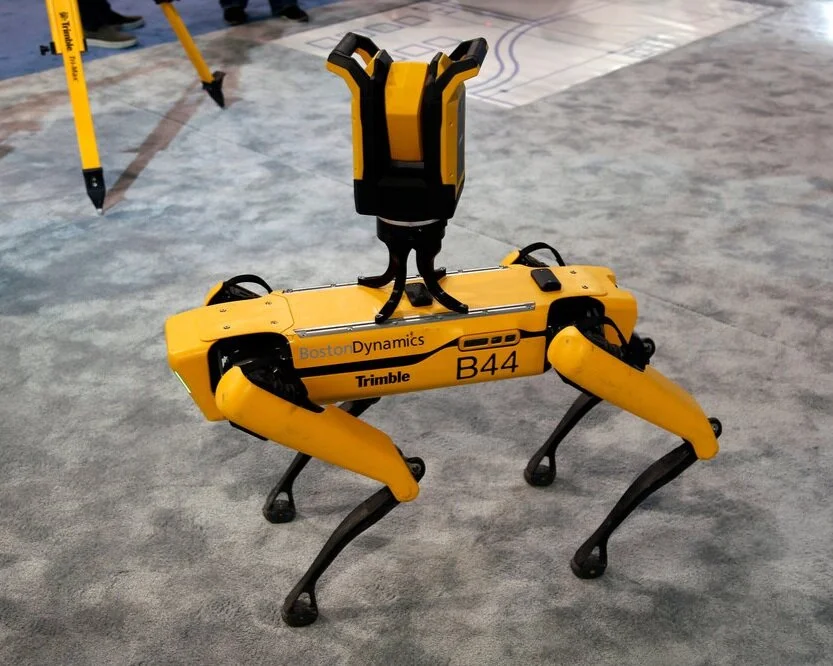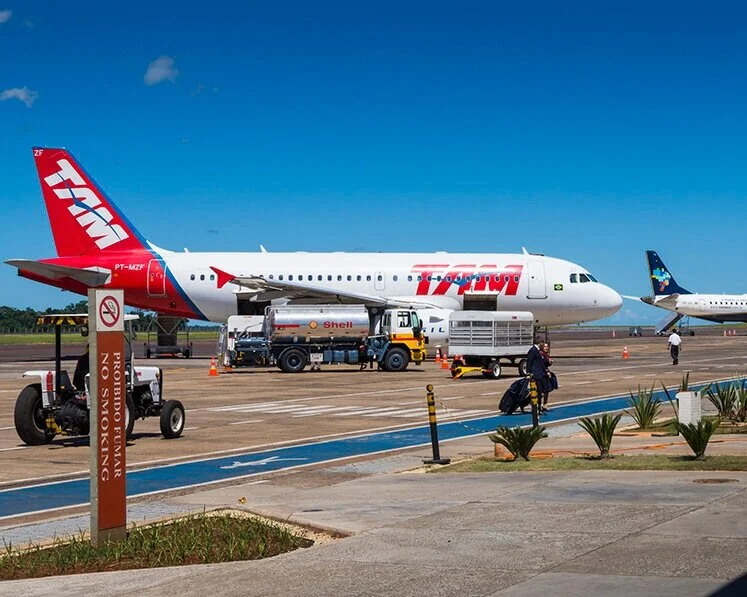Death Toll Rises in Vietnam Amidst anti-China Protests
/Olivia Elswick, Asia CorrespondentLast Modified: 00:04 a.m. DST, 17 May 2014
 BINH DUONG PROVINCE, Vietnam - Weeks of unrest finally culminated in the Thursday, 15 May 2016 anti-China riot in central Vietnam. where rioters set afire a foreign steel project killing 21 people.
BINH DUONG PROVINCE, Vietnam - Weeks of unrest finally culminated in the Thursday, 15 May 2016 anti-China riot in central Vietnam. where rioters set afire a foreign steel project killing 21 people.
It has been widely reported that 16 Chinese and five Vietnamese workers are dead and more than a hundred people are in the hospital from the Formosa Plastic Group’s upcoming steel plant.
This group is Taiwan’s biggest investor in Vietnam, and the plant is expected to be Southeast Asia’s largest steel making facility. Taiwanese companies doing business in Vietnam have lost billions of dollars.
This incident follows arson and looting to the South, in what has been described as the worst Sino-Vietnamese relations since the border war in 1979. China and Vietnam fought a brief but gory war in 1970 and fought at sea in 1988 when China first occupied its holdings in the Spratly islands.
The riots erupted in the south on Tuesday with protest against Beijing placing an oil rig in the resource-rich part of the South China Sea claimed by Vietnam. Both countries accused the other of butting its ships near the disputed Paracel Islands.
Police in Binh Duong province said that more than 460 companies in Binh Duong alone have reported damage to their plants. More than 40 policemen were injured while on duty, mainly due to bricks thrown by extremists. 600 people have been arrested.
In an uncorroborated statement, Vietnamese Prime Minister Nguyen Tan Dung said, “Appropriate measures should be taken immediately to help businesses stabilize quickly and return to normal production activities.”
Hundreds of Chinese working in industrial zones have fled, namely to neighboring Cambodia, where yesterday alone 600 Chinese people crossed from Vietnam to Bavet international checkpoint. This highway checkpoint stretches from Vietnam’s commercial center in Ho Chi Minh City to Cambodia’s capital, Phnom Penh. Chinese are fleeing to Malaysia, Cambodia, Taiwan, China, and Singapore at the Ho Chi Minh City airport. China Airlines Ltd, Taiwan’s largest carrier, has added 313 seats to flights between Taipei and Hi Chi Minh City.
The crisis in Asia erupted soon after President Obama’s visit in April in which he vowed that Washington would live up to its responsibility to defend its allies in the area. The United States and Vietnam have gradually been deepening military ties in the wake of what is perceived as Chinese expansion in the South China Sea. Vietnam has broadened military relationships with Russia and India as well.
White House spokesman Jay Carney shared, “We again urge dialogue in their resolution.” The disputes “need to be resolved through dialogue, not through intimidation.” The U.S. State Department urged restraint from both sides, while stating that, “We support the right of individuals to assemble peacefully to protest.”
The U.S. navy renewed calls for more ship visits in an effort to create stronger naval ties with Vietnam. Hanoi has so far limited U.S. port calls to one visit of up to three ships each year. Fleet spokesman Commander William Marks said “We are interested in engaging with all our partners in the South China Sea and would welcome increased port visits with Vietnam.”
Follow Olivia on Twitter Twitter: @nahmias_report Asia Correspondent: @OCElswick
Related articles
- Taiwan rejects Vietnam tourism authority's apology over protests (wantchinatimes.com)
- Why there's bad blood between China and Vietnam (nzherald.co.nz)
- China drilling to go on despite riot (bbc.co.uk)
- Vietnam mobs set fire to foreign factories in anti-China protest (scooprocket.com)













